
WARNING | t
| Always read rules for cleanliness and instructions for working on fuel system → Chapter. |
| t
| Follow these instructions and rules for cleanliness before starting work and while working on the fuel system. |
|
| –
| Erase fault memory of engine control unit. |
| –
| Clean all connections (with commercial cleaning solution etc.) before removing. |

Note | t
| Make sure all parts are clean; no dirt must be allowed to enter the fuel system. |
| t
| Check all cylinders in turn. |
| –
| Dry all components after cleaning. |
| –
| Using socket, 14 mm -3150- or tool insert, AF 19 -V.A.G 1331/5-, unscrew union nut for No. 1 cylinder at rail element. Also loosen union nut on injector slightly using socket -T40055-, 17 mm. Seal off open connection on injector pipe. |
| –
| Seal off open connection on rail element using plug for rail connection -T 40040-. |
| –
| The electrical connector of the relevant injector must remain connected. |

Note | t
| The fault „positive control deviation“ should no longer be indicated when the defective injector has been located. |
| t
| Other fault messages may possibly be stored in the memory. These result from previous steps and can be disregarded. |
| –
| Interrogate fault memory after road-testing vehicle. If a fault relating to „positive control deviation“ is still being indicated, repeat the above steps for all rail element connections until the fault is no longer indicated after the road-test. |
| Observe all instructions for connecting injector pipes. |

Note | t
| Note identification marks for cylinder allocation when re-installing high-pressure pipes. |
| t
| The high-pressure pipes can be re-used after performing the following checks: |
| t
| Check taper seats of high-pressure pipes for deformation and cracks. |
| t
| The bore of the pipe must not be distorted, restricted or otherwise damaged. |
| t
| Corroded pipes must not be used again. |
| –
| Lubricate threads of union nuts with fuel. |
| –
| Hand-tighten union nuts on high-pressure pipes. Make sure that connections are not under tension. |
|
|
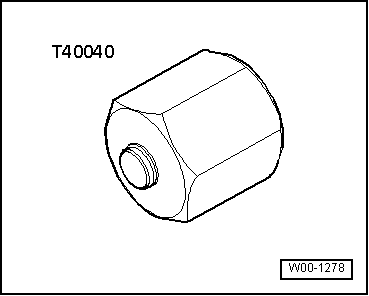
|
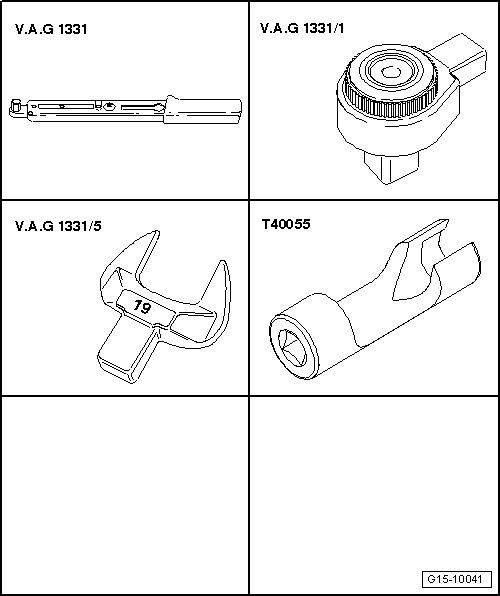
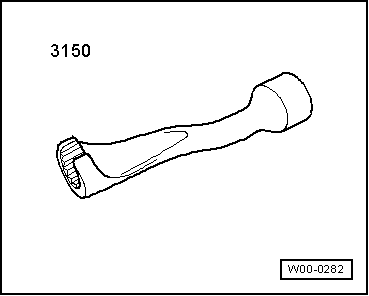
 Note
Note Note
Note Note
Note
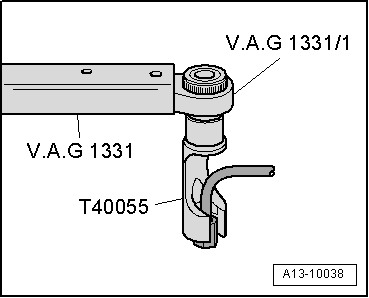
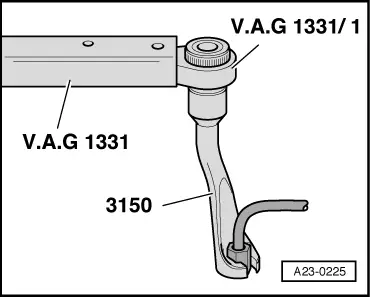
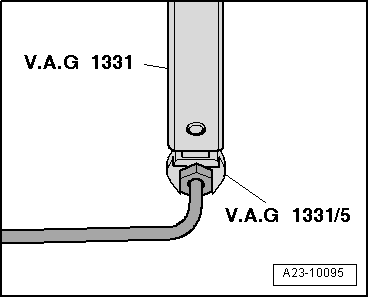

 WARNING
WARNING